
The Future of UI/UX: Top Emerging Technologies and Trends to look out for in 2025
Apr 23, 2025 5 Min Read 9409 Views
(Last Updated)
In today’s digital era, where the user experience is paramount, staying abreast of the constantly changing niche of UI/UX design is essential, not optional. The relentless progress of technology has raised the bar for user expectations, and delivering a smooth and engaging user experience is crucial for the success of any business.
In 2025, some of the most thrilling UI design trends include personalization, scrolly-telling, data-driven storytelling, and interfaces without buttons. In this piece, we’re going explore the future of UI/UX, delving into some of the most riveting new trends and technologies in 2025, that are expected to transform our interaction with digital products and services.
We’ll be looking at everything from the emergence of Super Apps, UX writing, and Microintentions, to gesture-based interactions. Join us as we get started…
Table of contents
- The Emergence of Super Apps
- AI's Role in UX Design
- Content Design and UX Writing
- 1 Unifying User Interfaces Across Platforms
- 2 Enhancing User Experiences with Geolocation Technology
- Planet-Centric Design
- Microinteractions: Enhancing User Engagement Through Details
- Focus on Typography
- Emotionally Intelligent Design: Creating Empathetic User Experiences
- Generative Design: The Convergence of AI and Creativity
- 3D Visual Elements: Enhancing Realism in Digital Design
- Gesture-based intuitive interaction designs
- Parting Words: The Future of UI/UX
- FAQs
- What are the key elements to consider in modern UI/UX design?
- How do emerging technologies like AR and VR impact UI/UX design?
- Can non-tech-savvy individuals easily adapt to the latest UI/UX trends?
1. The Emergence of Super Apps
A significant trend transforming the UX landscape is the advent of ‘super apps’. Unlike conventional apps serving singular purposes, super apps amalgamate numerous functionalities into a single platform. This is not a novel concept globally but is gaining traction in the West, particularly in Germany.
WeChat in China and Gojek in Indonesia exemplify this trend. These platforms seamlessly integrate services like messaging, payments, and various utilities.
For UX designers, this means navigating the complexities of creating cohesive experiences across multiple services. While super apps open doors to highly personalized user experiences, they also pose challenges for smaller businesses and may lead to user dependency on a single platform.
WeChat is a prime example of a super app. It’s not just an instant messaging app; it integrates functionalities like bill payments, photo sharing, and video calls, and even has its own payment system. This integration presents a unique challenge for UX designers to create seamless and intuitive experiences across diverse services within a single platform.
In India, apps like Amazon, Paytm, and UI Marvel ‘CRED’ offer their diverse range of services from booking flights, and train tickets, to shopping and ordering food on the go.
Know More: 5 Mobile Apps with the Best UI/UX Design in 2025
2. AI’s Role in UX Design
Artificial Intelligence is not a looming threat to replace designers but a tool to augment creativity and efficiency. AI applications like Dall-E 2 and Jasper are revolutionizing content generation. Imagine AI-assisted wireframes or AI-driven user research analytics. These tools can free up designers to focus more on empathy, ethics, and diversity in their designs.
However, the balance between human intuition and AI’s efficiency is critical. Designers must navigate this landscape carefully to ensure that AI complements rather than overrides the human element of design and makes it more mechanical.
Explore 21 Best AI Tools For UI/UX Designers in 2025
3. Content Design and UX Writing
The role of content in UX design is becoming increasingly prominent. Content design and UX writing focus on crafting information architectures that effectively guide users through a digital experience. Microcopy, though small, plays a significant role in user interaction.
The comparison of Airbnb’s and Google Travel’s search bars exemplifies how nuanced text can enhance functionality and user experience. The search bar on Airbnb inspires exploration by allowing users to find a place to stay anywhere, anytime. In contrast, Google Travel’s search bar guides users more specifically, informing them they can search for destinations and touristic sites.
This comparison highlights the impact of microcopy in guiding user interactions and shaping the overall experience. UX designers need to work closely with content designers and writers to ensure that every piece of text aligns with the overall user experience, reinforcing brand identity and emotional connection.
Top Reads: Balancing between Creativity and Functionality in UI/UX
3.1 Unifying User Interfaces Across Platforms
In 2025, cross-platform UX design is a necessity more than a trend. Users expect seamless experiences across various devices, from desktops to mobile phones. For instance, apps like Instagram have upgraded their desktop versions while YouTube has embraced TikTok-like stories, optimized for handheld devices.
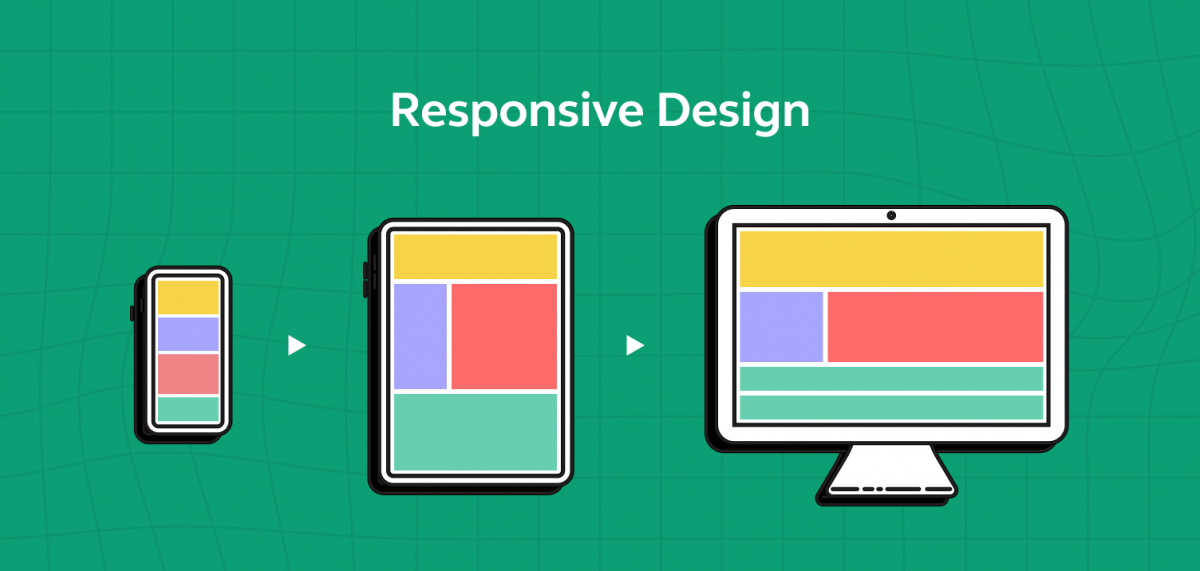
Personalization in Cross-Platform UX: It’s crucial to tailor user experiences according to the platform while maintaining brand consistency.
Designing for Diverse Screen Sizes: Designers must ensure that the UX is responsive and adaptive to different screen sizes and resolutions.
Find Out 8 Stunning UI/UX Design Examples To Get You Inspired
3.2 Enhancing User Experiences with Geolocation Technology
Location-based UX is gaining traction, offering personalized and convenient experiences based on users’ geographic locations. AI plays a significant role in this, predicting user movements and behaviors to suggest relevant places, events, or services.
Intuitive Recommendations: AI-driven location-based UX can offer suggestions that align with users’ lifestyles, like public transport options more suited to their needs.
User-Centric Design: Apps that provide location-based experiences are at the forefront of user-centric design, focusing on personalization and ease of use.
4. Planet-Centric Design
Planet-centric design introduces an essential dimension to UX – environmental impact. This approach challenges designers to create digital products that are mindful of their ecological footprint. It extends the responsibility of designers beyond user satisfaction to global sustainability.
As digital products consume real-world resources, designers are urged to consider how their creations affect the planet. This approach calls for systemic thinking, transparency, and accountability in design processes, a significant shift from traditional user-centric models.
Also Read: Top 10 UI Design Patterns: Creating Intuitive and Engaging User Experiences
5. Microinteractions: Enhancing User Engagement Through Details
Microinteractions are subtle yet powerful tools in UI/UX design. They guide users through a digital product and enhance the overall experience by providing immediate feedback on user actions. In 2025, these small animations or interactions will be critical in creating intuitive and engaging user interfaces.
When UI/UX designers skillfully weave in micro-interactions and motion design, they craft experiences that are not only engaging but also memorable, leaving a lasting impact on users.

Feedback and Engagement: Using micro-interactions to provide instant feedback on user actions, increasing engagement and usability.
Enhancing User Journey: Strategically placed micro interactions guide users, making navigation intuitive and enjoyable.
Know More About The Role of Micro-Interactions in UX
6. Focus on Typography
Typography in UX has transcended its traditional role to become a pivotal element in conveying brand personality and user engagement. As we move into 2025, the focus on typography in UX is about more than readability – it’s about character and connection.
To distinguish your brand and establish it as a market frontrunner in 2025, using large, audacious, capital letter typography can be highly effective! Alternatively, for a more subdued and serene feel, consider employing sleek, compressed, and capitalized fonts
Expressive Typography: Utilizing unique bold fonts to convey brand personality and set the tone for user interactions.
Accessibility in Typography: Ensuring that typography caters to diverse user needs, enhancing legibility and user comfort.
Also Read: Typography in User Interfaces: Basic Guide for Beginners
7. Emotionally Intelligent Design: Creating Empathetic User Experiences
Emotionally intelligent design marks a significant shift in how we approach UX. It’s about crafting experiences that not only meet functional needs but also resonate emotionally with users. In 2025, this approach will become increasingly crucial as digital experiences become more integral to our daily lives.
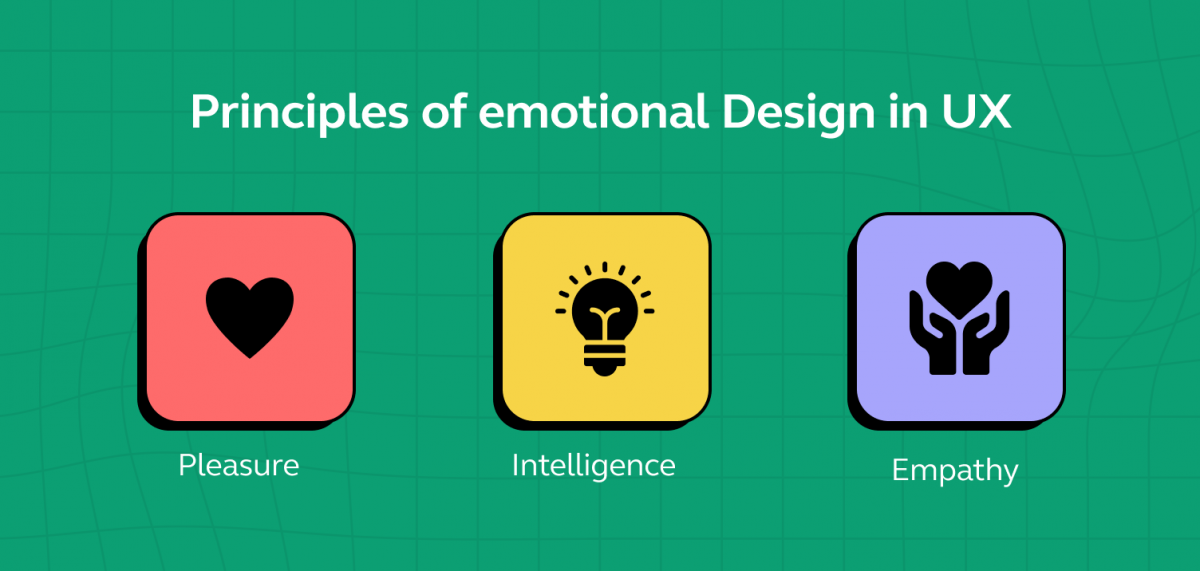
Emotional Analytics Integration: Incorporating emotional analytics tools to gauge user reactions and modify UX accordingly.
Empathetic Interaction: Designing interfaces that can adapt to users’ emotional states, offering a more personalized and sensitive user experience.
Also, read | Top 11 UI/UX Design Tools for 2025
8. Generative Design: The Convergence of AI and Creativity
Generative design represents the fusion of AI with creative design processes. By 2025, it will have become an essential part of the UI/UX landscape, allowing for the creation of unique and dynamic designs based on user data and behavior.
AI-Driven Design Solutions: Utilizing AI algorithms to generate design options based on user preferences and behaviors.
Dynamic User Experiences: Creating dynamic designs that adapt and evolve based on user interaction and feedback.
Find Out 14 Best AI Image Generator Tools
9. 3D Visual Elements: Enhancing Realism in Digital Design
The integration of 3D elements in UI/UX design is revolutionizing how users perceive and interact with digital platforms, thanks to emerging tools tailored to WebGL. 3D design not only adds depth and realism but also enhances user engagement and interaction in 2025.
WebGL refers to a JavaScript API used to produce interactive 3D and 2D graphics directly in web browsers. It enables the creation of 3D illustrations, animations, and interactive 3D objects, offering users visually captivating and immersive experiences.
10. Gesture-based intuitive interaction designs
Gesture-based interactions are revolutionizing the way we engage with digital platforms, much like touchscreens did years ago. These intuitive gestures, from simple swipes to complex pinch-and-zoom actions, are setting new standards in user interaction. They offer a more natural and fluid way of navigating through apps and websites.
As UI/UX designers, it’s essential to integrate these gestures into the design of mobile apps and other digital interfaces, ensuring they are not only seamless but also deeply engaging for users. This approach is key to crafting digital experiences that are both intuitive and delightful.
A recent example of mobile gesture interaction is the “Back Tap” feature introduced in iOS. This feature allows iPhone users to perform various actions simply by double or triple-tapping the back of their smartphone. Users can customize these gestures to quickly take screenshots, lock the screen, launch specific apps, or even trigger accessibility features.
This form of interaction showcases the evolution of mobile UI/UX design, where the physical interaction with the device itself is seamlessly integrated into the user experience, offering convenience and enhanced usability.
Explore Top 7 Ways To Use AI in UX Design
Parting Words: The Future of UI/UX
As we reflect on the journey through the vibrant landscape of UI/UX design trends for 2025, it’s clear that the field is undergoing transformative changes. These trends demand a balanced approach from designers, blending technological proficiency with a deep understanding of human and environmental factors.
In 2025, it’s evident that the future of UI/UX design is not just about technological innovation but also about creating meaningful, empathetic, and engaging user experiences. As designers and enthusiasts in this field, it’s an exciting time to be part of these changes, embracing the challenges and opportunities that lie ahead.
Explore More About Top UI/UX Design Trends: Embracing Innovation in 2025
FAQs
In modern UI/UX design, key elements include user-centered design, simplicity, accessibility, responsive layouts, and personalized user experiences. Staying informed about the latest technologies like augmented reality, voice user interfaces, and adaptive interfaces is also crucial.
Emerging technologies like Augmented Reality (AR) and Virtual Reality (VR) significantly impact UI/UX design by introducing new interaction models and immersive experiences. They require designers to think beyond traditional screens and interfaces, focusing on 3D designs, spatial interactions, and user immersion in virtual environments.
Absolutely! The goal of UI/UX design is to create intuitive and user-friendly interfaces. While new trends may initially seem daunting, good design principles ensure that these technologies are accessible and easy to use, even for those who aren’t tech-savvy. Designers focus on making transitions smooth and interfaces self-explanatory to enhance user adaptability.




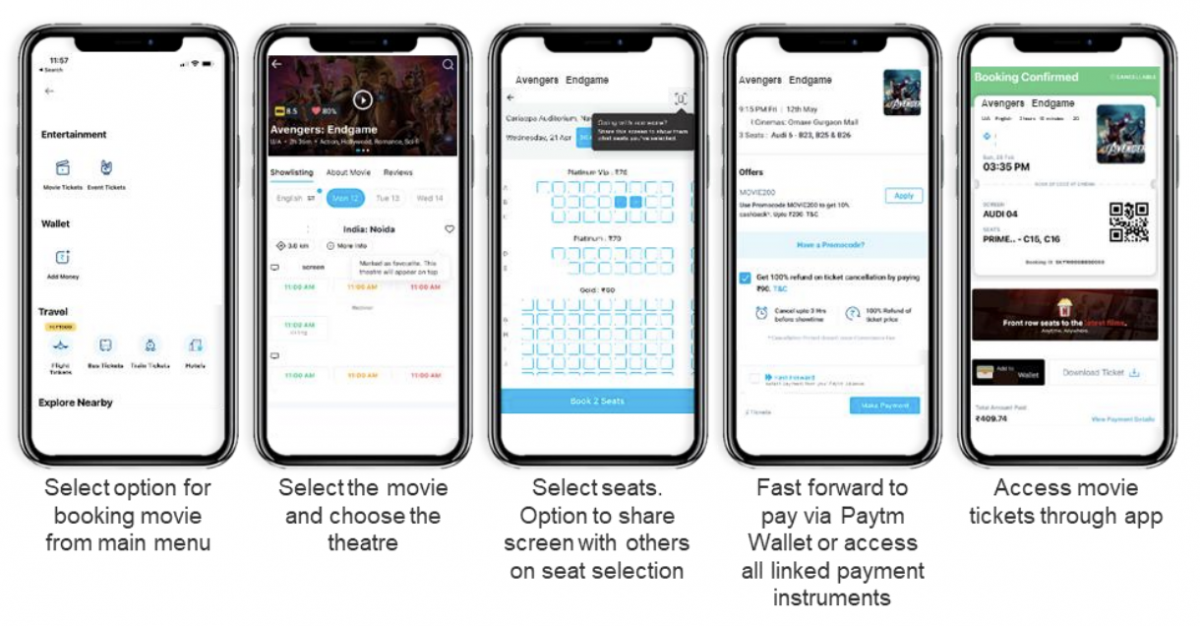




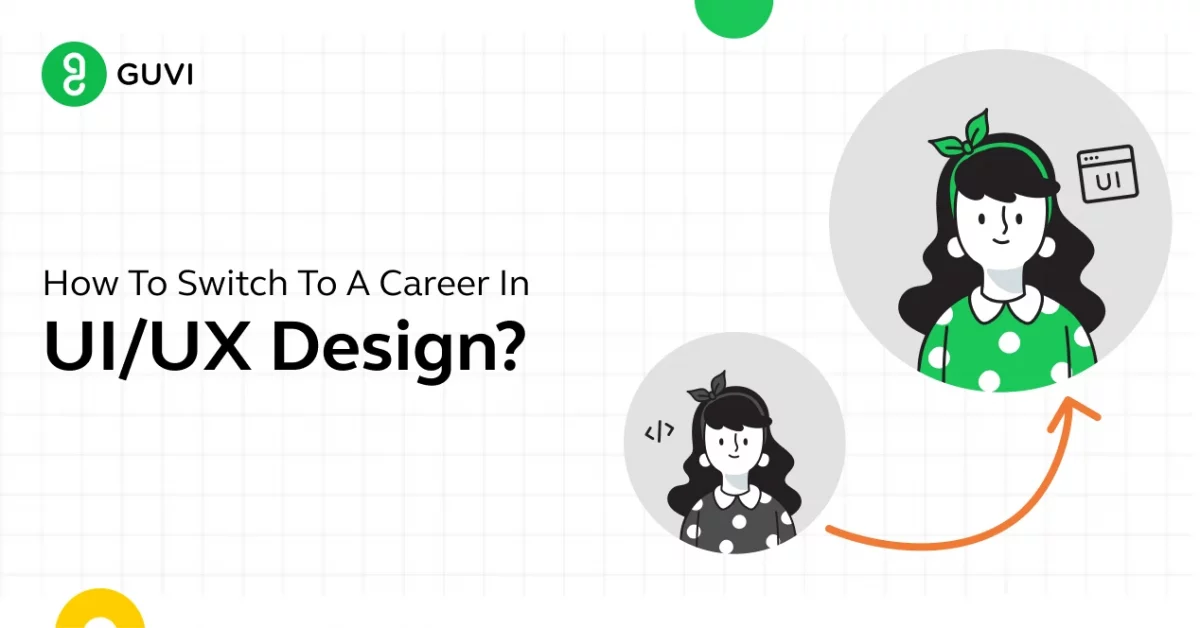






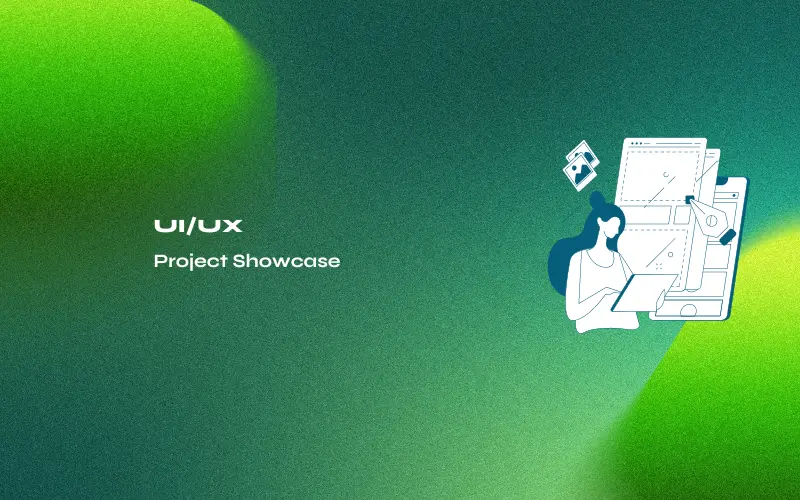
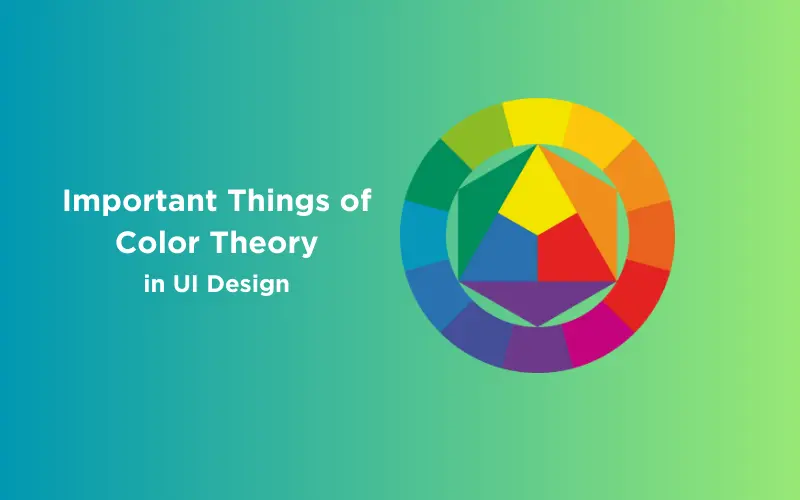
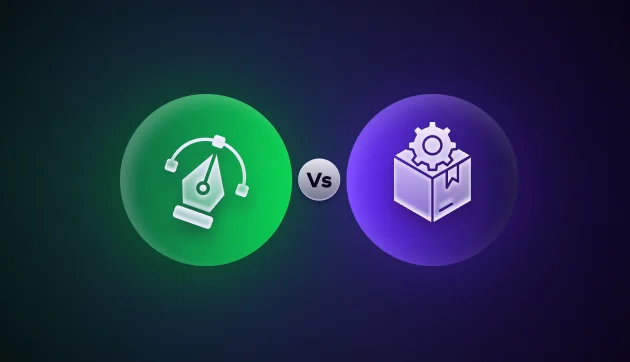


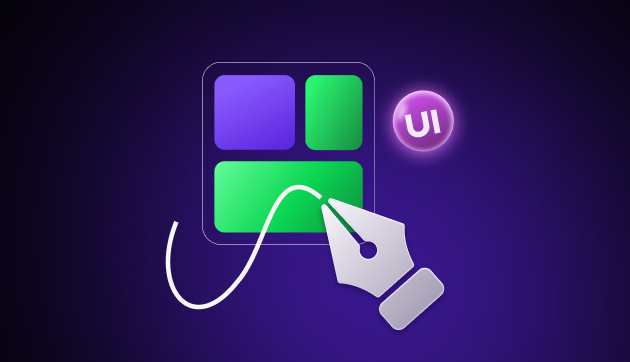



Did you enjoy this article?